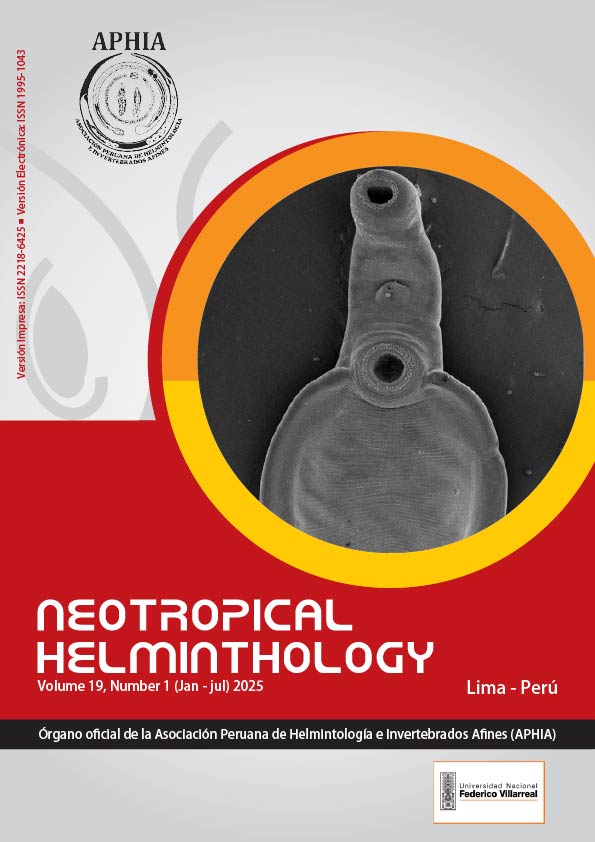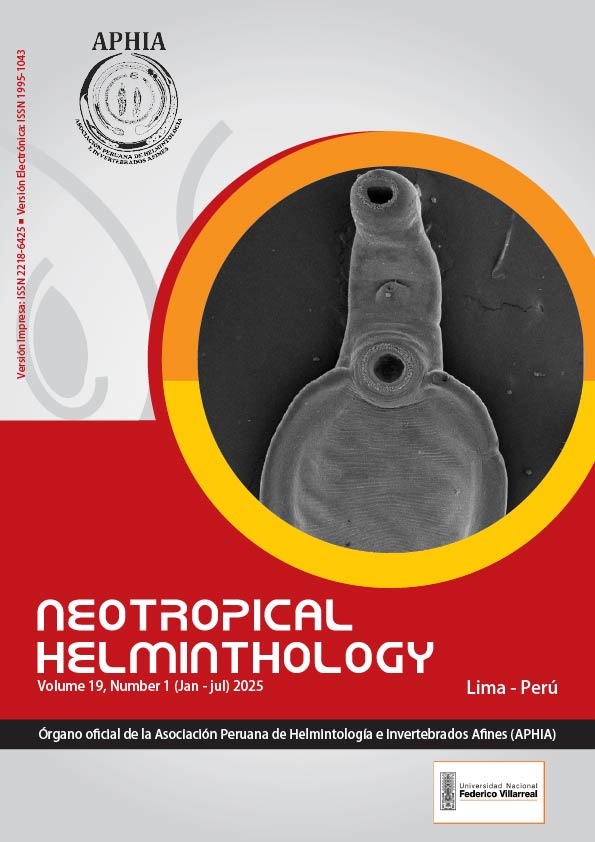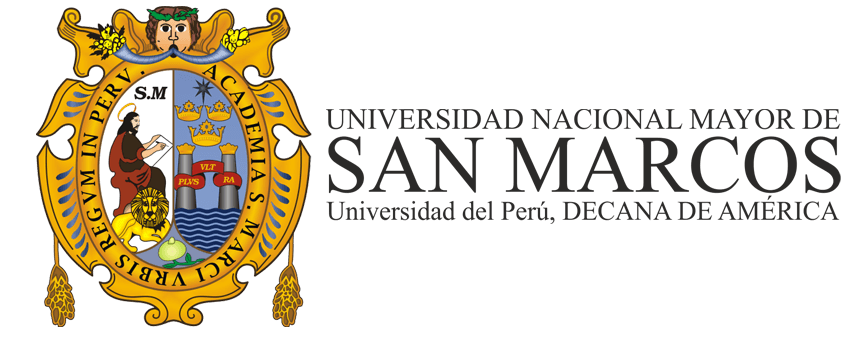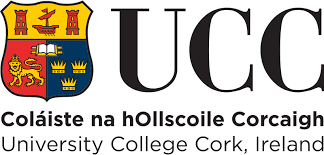Occurrence of the ectoparasitic mite of the genus Ornithonyssus Sambon, 1928 (Mesostigmata: Macronyssidae) as a potential vector of zoonotic diseases in sigmodontinal rodents (Cricetidae: Sigmodontinae) of the Andean region, Peru
DOI:
https://doi.org/10.62429/rnh20251911932Keywords:
mites, ectoparasites, Macronyssidae, rodentsAbstract
Mites of the Macronyssidae family (Oudemans, 1936) are ectoparasites of reptiles, birds, and mammals, especially bats and rodents. Despite being a family of zoonotic and veterinary importance, their study has not been addressed in some areas of Peru. Therefore, this research focused on the search for mites of the Macronyssidae family in Ancash. Rodents were captured in three districts: Huari, Huachis, and San Marcos, in the department of Ancash, using Sherman traps. The ectoparasites were manually extracted with entomological forceps, collected in 70% ethyl alcohol, and transported to the laboratory. For taxonomic identification, adult female Macronyssidae mites were selected, rinsed with lactophenol, and mounted on Hoyer's medium. Identification was based on morphological characteristics according to specialized references. A total of 118 rodents were captured, distributed across seven species, with Akodon mollis Thomas, 1894, being the most abundant rodent (82.2%) of the entire sample. Ornithonyssus sp. were found primarily on A. mollis in Huari and San Marcos, and in lesser numbers on Microryzomys altissimus (Osgood, 1933) in Huachis. All mites collected were female, with two protonymphs present.
Downloads
Published
How to Cite
Issue
Section
License

This work is licensed under a Creative Commons Attribution-NonCommercial-NoDerivatives 4.0 International License.
OBJETO: El AUTOR-CEDENTE transfiere de manera TOTAL Y SIN LIMITACIÓN alguna al CESIONARIO los derechos patrimoniales que le corresponden sobre la (s) obra(s) tituladas: xxxxxxxxxxxxxxxx, por el tiempo que establezca la ley internacional. En virtud de lo anterior, se entiende que el CESIONARIO adquiere el derecho de reproducción en todas sus modalidades, incluso para inclusión audiovisual; el derecho de transformación o adaptación, comunicación pública, traducción, distribución y, en general, cualquier tipo de explotación que de las obras se pueda realizar por cualquier medio conocido o por conocer en el territorio nacional o internacional.
REMUNERACIÓN: La cesión de los derechos patrimoniales de autor que mediante este contrato se hace será a título gratuito.
CONDICIONES Y LEGITIMIDAD DE LOS DERECHOS: El AUTOR-CEDENTE garantiza que es propietario integral de los derechos de explotación de la(s) obra(s) y en consecuencia garantiza que puede contratar y transferir los derechos aquí cedidos sin ningún tipo de limitación por no tener ningún tipo de gravamen, limitación o disposición. En todo caso, responderá por cualquier reclamo que en materia de derecho de autor se pueda presentar, exonerando de cualquier responsabilidad al CESIONARIO.
LICENCIA DE ACCESO ABIERTO: El AUTOR-CEDENTE autoriza que manuscrito publicado en La Revista Neotropical Helminthology permanece disponible para su consulta pública en el sitio web https://www.neotropicalhelminthology.com/ y en los diferentes sistemas de indexación y bases de datos en las que la revista tiene visibilidad, bajo la licencia Creative Commons, en la modalidad Reconocimiento-No comercial- Sin Trabajos derivados –aprobada en Perú, y por lo tanto son de acceso abierto. De ahí que los autores dan, sin derecho a retribución económica, a la Asociación Peruana de Helmintología e Invertebrados Afines (APHIA), los derechos de autor para la edición y reproducción a través de diferentes medios de difusión.


 Numero 2 Volumen 19 - 2025 (versión Anticipada)
Numero 2 Volumen 19 - 2025 (versión Anticipada)














































